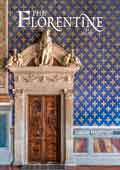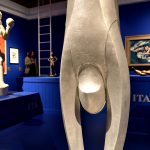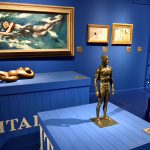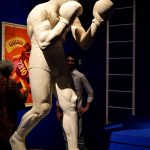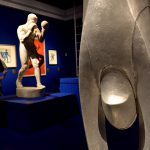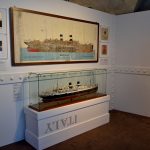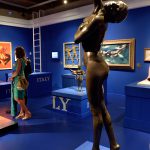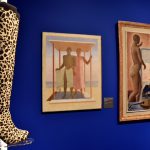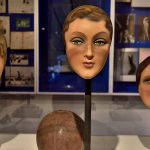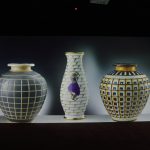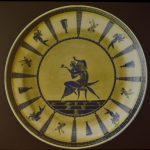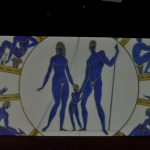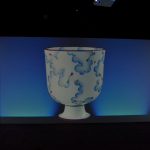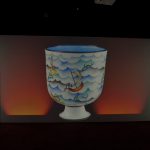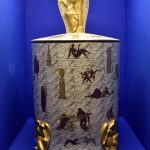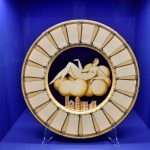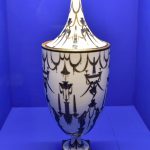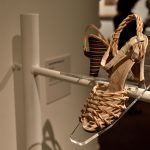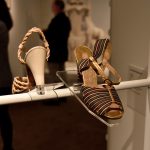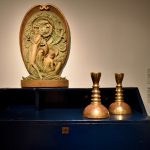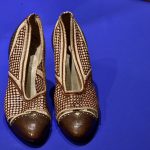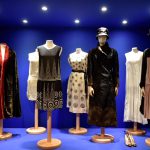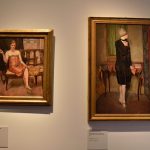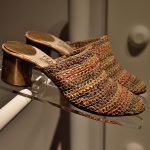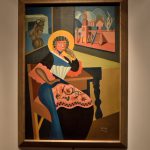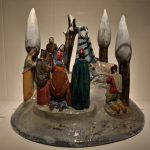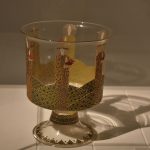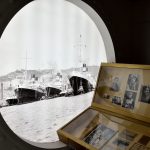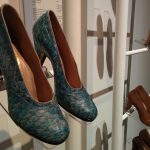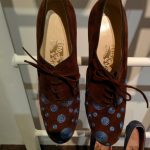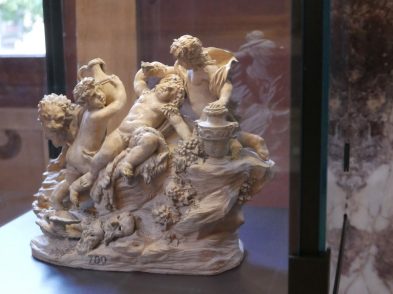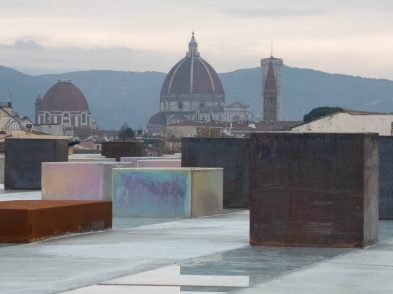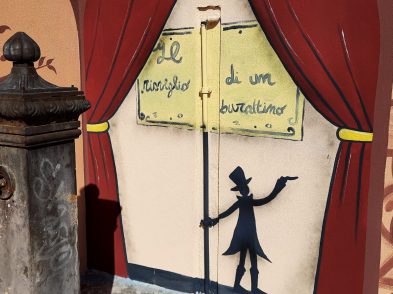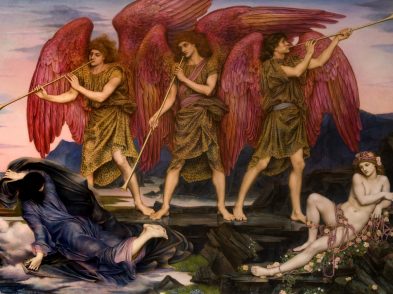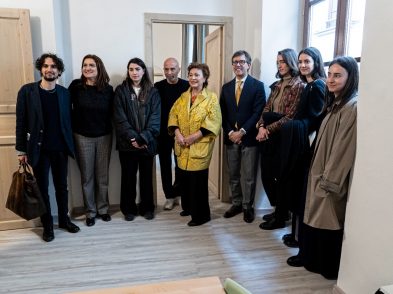- ph. Andrea Paoletti
- ph. Andrea Paoletti
- ph. Andrea Paoletti
- ph. Andrea Paoletti
- ph. Andrea Paoletti
- ph. Andrea Paoletti
- ph. Andrea Paoletti
- ph. Andrea Paoletti
- ph. Andrea Paoletti
- ph. Andrea Paoletti
- ph. Andrea Paoletti
- ph. Andrea Paoletti
- ph. Andrea Paoletti
- ph. Andrea Paoletti
- ph. Andrea Paoletti
- ph. Andrea Paoletti
- ph. Andrea Paoletti
- ph. Andrea Paoletti
- ph. Andrea Paoletti
- ph. Andrea Paoletti
- ph. Andrea Paoletti
- ph. Andrea Paoletti
- ph. Andrea Paoletti
- ph. Andrea Paoletti
- ph. Andrea Paoletti
- ph. Andrea Paoletti
- ph. Andrea Paoletti
- ph. Andrea Paoletti
- ph. Andrea Paoletti
- ph. Andrea Paoletti
- ph. Andrea Paoletti
- ph. Andrea Paoletti
- ph. Andrea Paoletti
- ph. Andrea Paoletti
- ph. Andrea Paoletti
- ph. Andrea Paoletti
- ph. Andrea Paoletti
- ph. Andrea Paoletti
- ph. Andrea Paoletti
- ph. Andrea Paoletti
- ph. Andrea Paoletti
- ph. Andrea Paoletti
- ph. Andrea Paoletti
- ph. Andrea Paoletti
- ph. Andrea Paoletti
- ph. Andrea Paoletti
- ph. Andrea Paoletti
- ph. Andrea Paoletti
- ph. Andrea Paoletti
To mark the 90th anniversary of Salvatore Ferragamo’s return to Italy from America, Florence’s Ferragamo Museum has put on an exhibition to convey the artistic and manufacturing atmosphere of Florence in 1927.
Curated by Carlo Sisi, the exhibition, titled “1927 – The Return to Italy. Ferragamo and 20th-century visual culture”, vaunts an intricate set up. Visitors find themselves in the belly of the Roma, the transatlantic ocean liner that transported tourists and businessmen from the United States to Italy in the 1920s. After 13 years of stateside living, Salvatore Ferragamo, already known as “the shoemaker to the stars” boarded the vessel, choosing Florence as the final destination to spark his brand, drawn by the city’s artistic and cultural fervour, as well as the expert craftsmanship that the city offered—and continues to offer today.
The exhibition fills eight rooms that recall the inside of the ship, where you can dwell on artwork by Maccari, Martini, Thayaht, Gio Ponti, Rosai, Balla and Depero, as well as various pieces from Florentine ceramic manufacturer Richard Ginori, whose plates evoke the grandeur of the ship. Special focus is placed on the feminine aesthetic in fashion, namely through the beautiful Ferragamo shoes designed and manufactured at that time.
Translated into English by John Mair.
1927 – The Return to Italy
Museo Salvatore Ferragamo
Palazzo Spini Feroni, Piazza di Santa Trinita, 5/R, Florence
Until May 2, 2018
www.ferragamo.com/museo
Open everyday from 10am to 7:30pm
